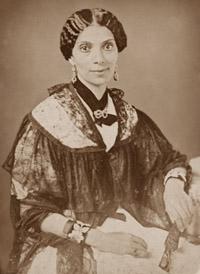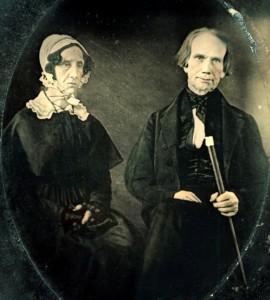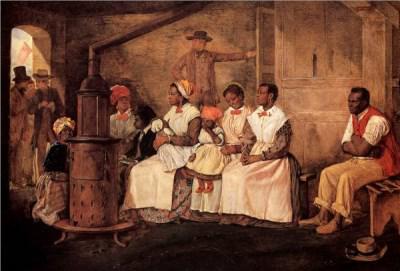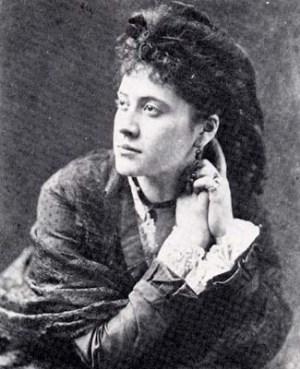Teacher of Runaway Slaves at Fortress Monroe Mary Peake was a teacher, best known for starting a school for the children of former slaves in the summer of 1861, under the shade of a tree that would become known as the Emancipation Oak in present-day Hampton, Virginia. This makeshift outdoor classroom provided the foundation of what would become Hampton University. Image: Mary Peake Early Years In 1823, Mary Smith Kelsey was born free in Norfolk, Virginia. Her father was an Englishman “of rank and culture” and her mother was a free woman of color, described as light-skinned. When Mary was six, her mother sent her to the town of Alexandria (then part of the District of Columbia) to attend school…




